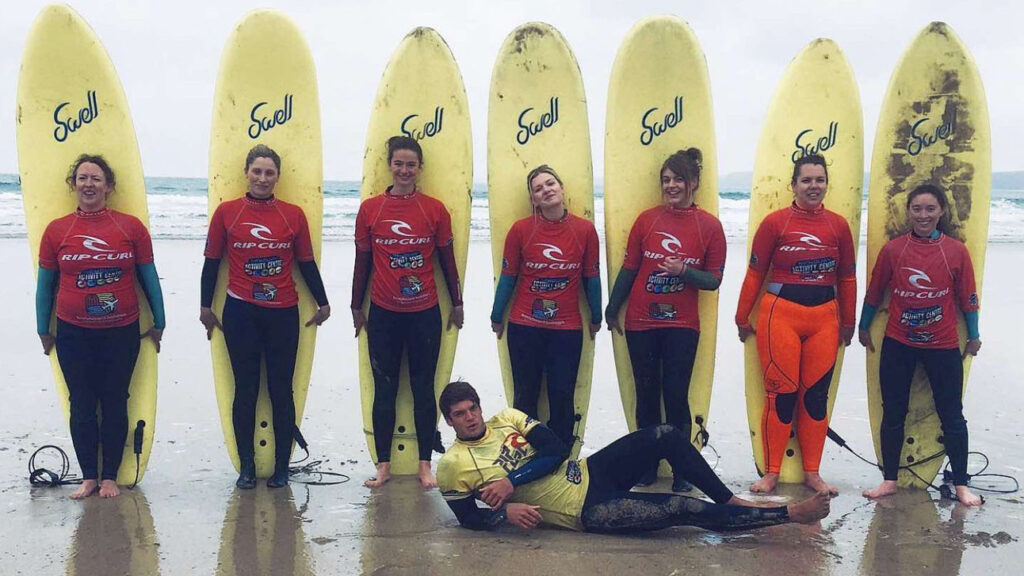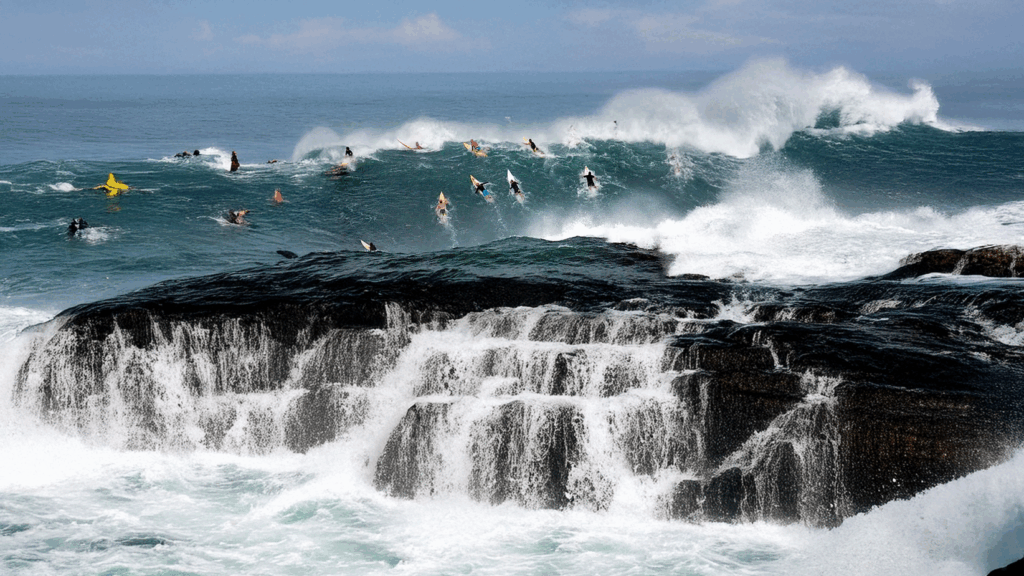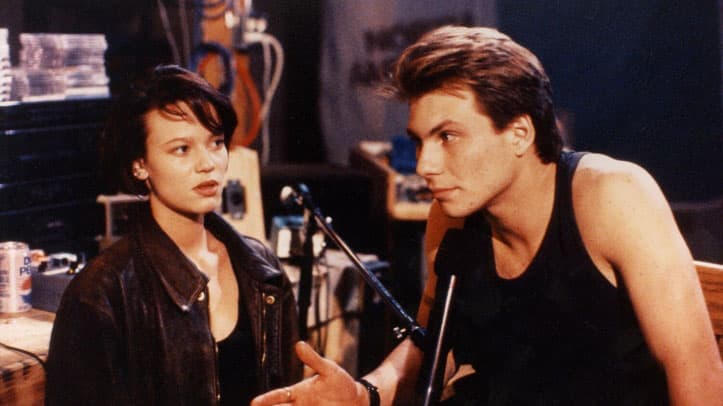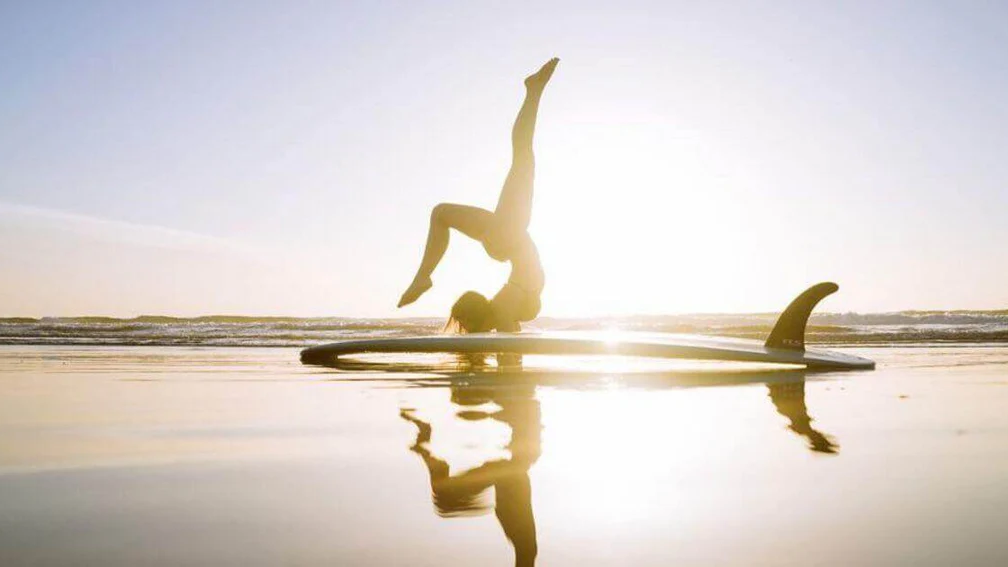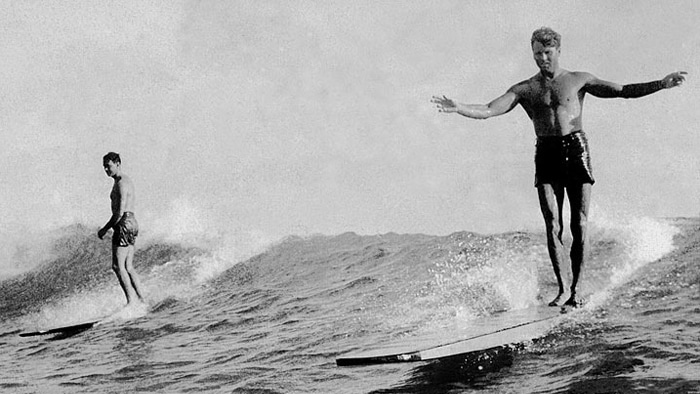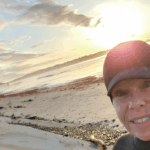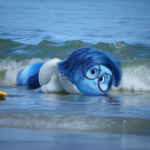Now Reading: What are these sneaky waves really up to?
-
01
What are these sneaky waves really up to?
What are these sneaky waves really up to?
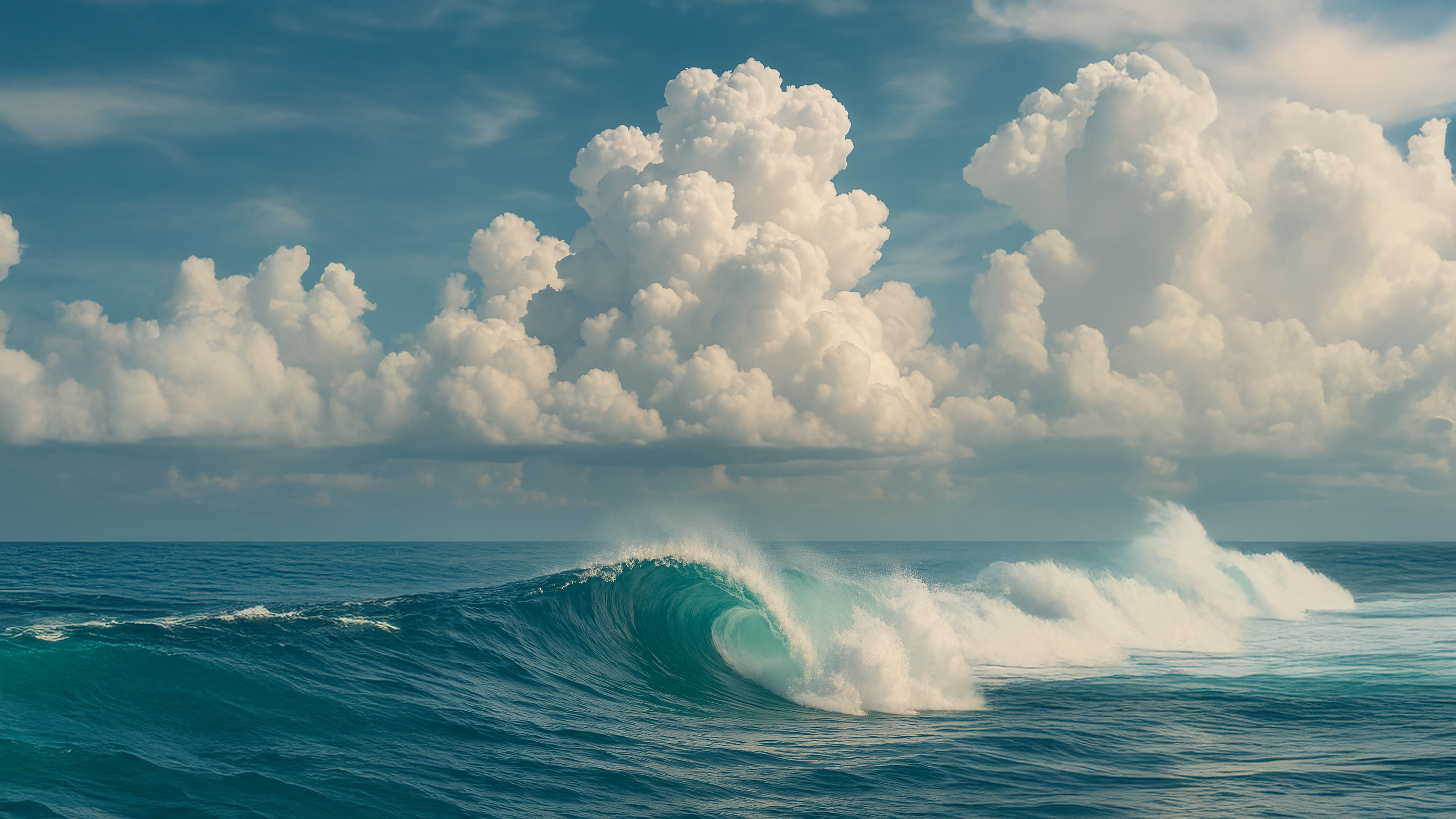
Waves. We read them. We ride them. We turtle roll through them. But what do we actually know about them?
✈️ Clouds, thermals, and gliding
Long before I was a surfer, I was a glider pilot. You know those little white sailplanes with no engines? Yeah—I flew one of those at 16. On my own. What insanity.
At that point, I was very much into clouds. Gliders rely on thermals in order to stay up in the air and travel distances. You’ve probably seen a thermal before: a bird circling up in the air without moving its wings, or a bunch of leaves on the ground moving in a circular motion. That’s a thermal. The warm air over a dark surface rises, forming a thermal.
Now, when you’re flying a glider, you can’t see a thermal. It’s invisible! But cumulus clouds – the white puffy ones – usually form on top of them. So clouds make it easier to find them. You get into a thermal, you climb up, and then go to the next one, climb up again, repeat. Until you’ve had enough of flying for the day or all the thermals are gone.
That’s why cumulus clouds were my favorite for a while. Now I’m into blue skies — no clouds at all.
📚 From cloudspotting to wave watching
Where am I going with this? I used to be as fascinated with how clouds are made as I am now with how waves are made. So I was beyond myself when I discovered that the journalist who wrote The Cloudspotter’s Guide also wrote a book about waves.
So now we can finally start talking about waves. How they are made. Types of waves. The waves you will never surf. What? You think you’ll surf Mavericks? Okay….
🌍 Do waves serve a purpose?
But before we do – and before the countless podcast episodes and articles to come on the beauty of waves (I can see you rolling your eyes!) – have you ever wondered if waves serve any purpose? Any at all? Beyond surfing, that is. There must be a good reason, since there’s no such thing as a wave-less ocean.
Without going into a scientific rabbit hole and talking about air-and-sea CO₂ exchange, waves are into oxygen mixing as I am into my cocktail mixing. Waves help mix oxygen into the ocean, which is crucial for marine life, especially near the coast. Acting like giant cocktail stirring spoons, they also circulate nutrients and temperature across shallow waters. So marine life gets their vitamins and keeps warm.
🌀 Stokes Drift and drifting surfboards
There’s also this phenomenon called Stokes drift. You’re going to like this one.
It’s the net movement of water particles in the direction of a wave’s travel. It explains how floating objects (like surfboards, seaweed, or even oil slicks) drift forward with waves, even when the water seems to only move up and down. You have experienced Stokes drift. It’s what happens when you slowly drift down the beach if you’re not paying attention.
🏖 Waves shape more than just your day
And this is the obvious one: waves are responsible for shaping our coastline. They move sand, erode cliffs, carve out bays and coves. Waves create what is called—wait for it—a surf zone. That’s where many fish, seabirds, marine mammals, and mammals like surfers hunt or feed. You’re kinda hunting waves, no?
Also — they support tide pools by refreshing the water. Tide pools are so cute.
☁️ Wave-formed clouds (yes, really)
Now, for combining my two favorite things: waves produce sea spray aerosols and can help form clouds — even influence their brightness. Incredible!
And that’s as much science as I can take for today. Next time: wave formation and what the best waves are.












